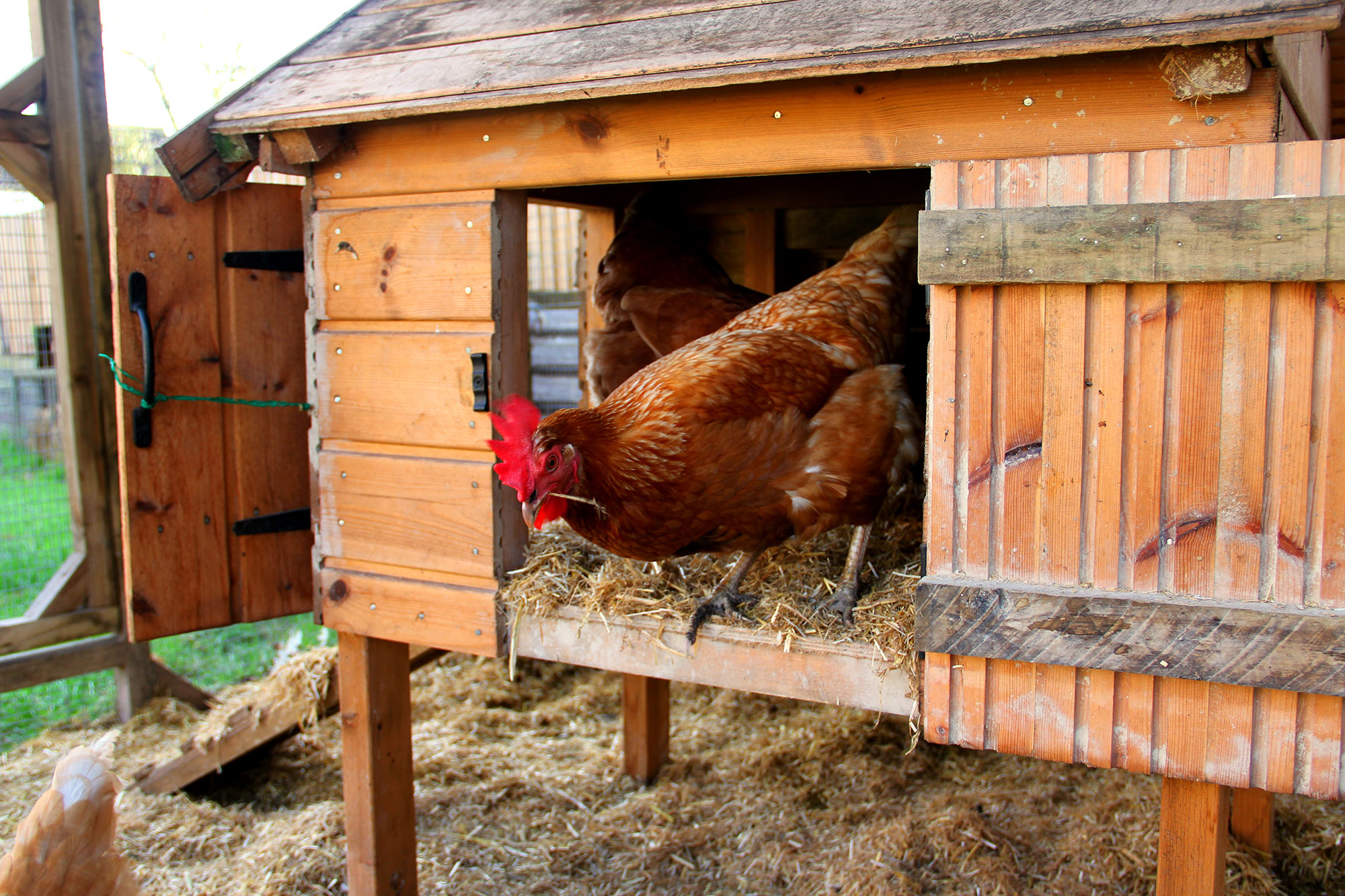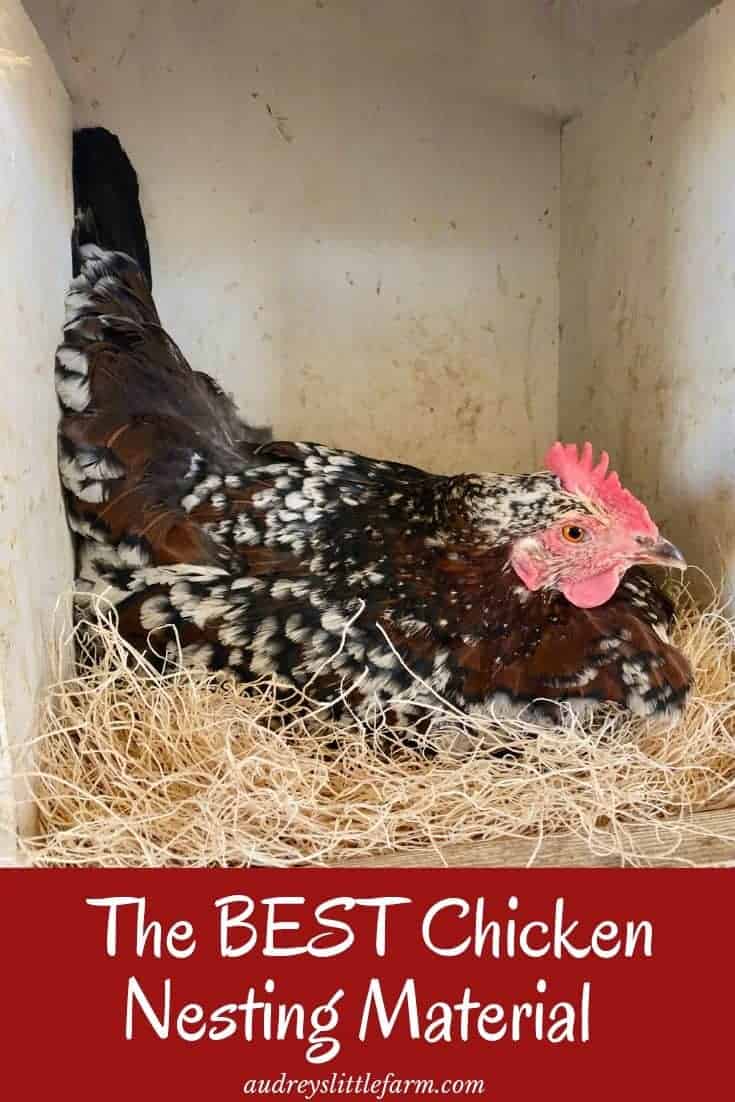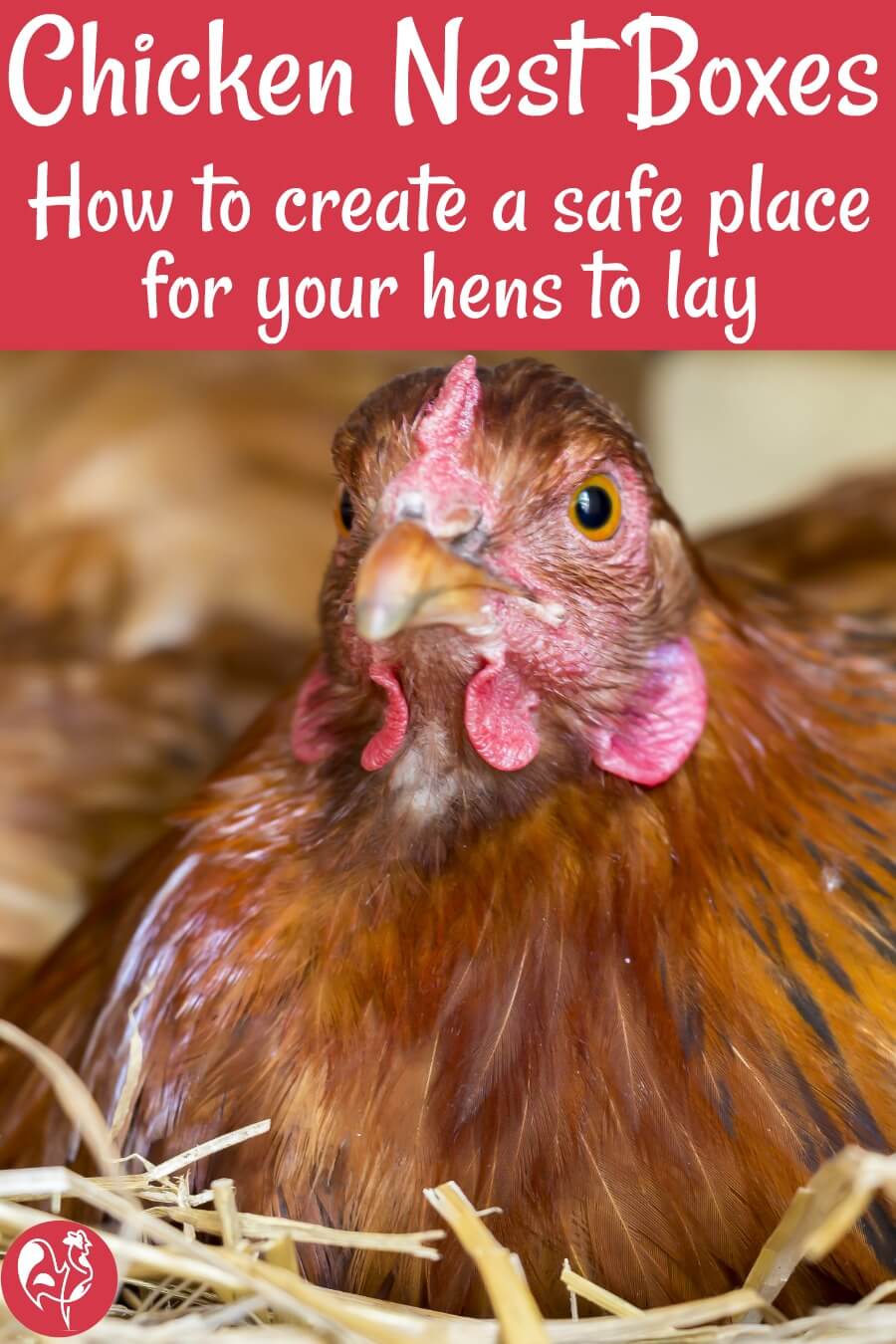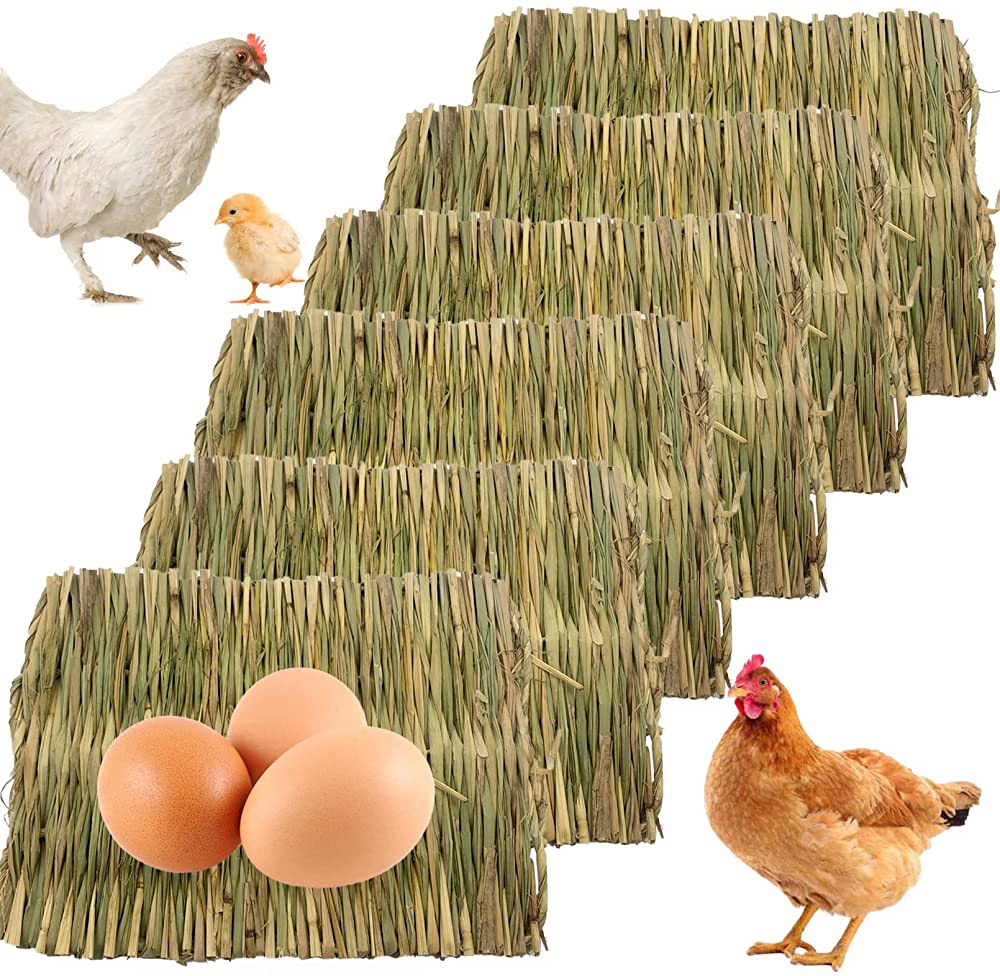Nest box bedding is an important tool for chicken husbandry. It provides a comfortable, safe and sanitary environment for chickens to lay their eggs in, and can help improve the general welfare of the flock. This article will discuss how nest box bedding can be used to improve chicken husbandry by providing a clean, comfortable environment for egg-laying chickens. It will also discuss the different types of bedding available, and how to choose the best bedding for your chickens.
Benefits of Nest Box Bedding

Keeps Nest Boxes Clean
Nest box bedding helps keep the boxes clean by absorbing dirt and moisture, as well as trapping odors. This helps create a healthier environment for the birds and keeps the nesting boxes from becoming dirty and smelly.
Enhances Nest Box Comfort
Nest box bedding can also help provide additional comfort for the chickens, making it more inviting for them to lay their eggs. Soft materials such as straw, wood shavings, or shredded paper can help cushion the boxes, making them more comfortable.
Reduces Risk of Health Problems
A clean and comfortable nesting box environment can help reduce the risk of health problems for the birds. Nest box bedding provides insulation for the eggs, helping keep them at a consistent temperature and humidity level. This can help reduce the risk of bacterial growth and other health issues.
Creates a Cozy Environment
Adding nest box bedding can also create a cozy and inviting atmosphere for the chickens. This can help encourage them to lay their eggs in the boxes and make them feel more secure.
Protects Eggs from Damage
Nest box bedding can also help protect the eggs from damage. Soft materials such as straw and wood shavings can help cushion the eggs and prevent them from cracking when they are laid. This can help keep the eggs safe and ensure they remain intact until they are ready to be collected.
Different Types of Nest Box Bedding

Wood Shavings
Wood shavings are a great option for chicken nest box bedding, as they are easy to source and provide a comfortable, cushioning bed for the chickens to lay on. Wood shavings are also relatively inexpensive, making them a popular choice for many chicken keepers.
Straw
Straw is another popular choice for chicken nest box bedding, as it is very absorbent and provides a comfortable and cushioning layer for the chickens. Straw is also relatively inexpensive and easy to source.
Hay
Hay can be used as chicken nest box bedding, as it provides a comfortable layer for the chickens to lay on. Hay is also easy to source and relatively inexpensive. However, hay can be dusty, so it should be avoided if your chickens have respiratory issues.
Sand
Sand is a great option for chicken nest box bedding, as it is very absorbent and provides a comfortable layer for the chickens to lay on. Sand is also relatively inexpensive and easy to source.
Sawdust
Sawdust can be used as chicken nest box bedding, as it is absorbent and provides cushioning for the chickens. Sawdust is also relatively inexpensive and easy to source. However, sawdust should be avoided if your chickens have respiratory issues, as it can be dusty.
How to Prepare the Nesting Box Bedding

Choose the Right Bedding
When choosing bedding for nesting boxes, it is important to select material that is soft and absorbent. Straw, hay, wood chips, and shredded paper are popular choices for bedding. Avoid materials that may contain mites, lice, or other pests, such as sand or cedar shavings.
Remove Old Bedding
Before adding fresh bedding, it is important to remove any old, soiled bedding. This helps to reduce the spread of bacteria and other diseases.
Add Fresh Bedding
Once the old bedding has been removed, it is time to add fresh bedding to the nesting boxes. It should be added in a thick layer of approximately two inches.
Fluff Up Bedding
Once the fresh bedding has been added, it is important to fluff it up. This helps to keep the bedding light and airy, which is important for the comfort of the chickens.
Monitor Bedding Regularly
Finally, it is important to monitor the bedding in the nesting boxes regularly. This helps to ensure that the bedding is kept clean and free from pests. If the bedding is soiled or contaminated, it should be removed and replaced with fresh bedding.
Best Bedding for Chicken Nesting Boxes
Wood Shavings
Wood shavings are a popular choice for bedding for chicken nesting boxes. They provide a comfortable, absorbent surface that keeps the eggs dry and clean. Wood shavings are also easy to clean and replace when needed.
Straw
Straw is another great option for bedding for chicken nesting boxes. It provides a soft, absorbent surface that is comfortable for chickens and helps keep the eggs dry and clean. Straw is also easy to replace when needed.
Hay
Hay is another option for bedding for chicken nesting boxes. It is absorbent and provides a comfortable surface for chickens to lay their eggs. Hay is also easy to clean and replace when needed.
Sand
Sand is a less common option for bedding for chicken nesting boxes. It is absorbent and provides a comfortable surface for chickens to lay their eggs. Sand is also easy to clean and replace when needed.
Sawdust
Sawdust is a great option for bedding for chicken nesting boxes. It provides a comfortable, absorbent surface that helps keep the eggs dry and clean. Sawdust is also easy to clean and replace when needed.
Frequently Asked Questions
What type of bedding is best for a nest box?
Nest box bedding should be soft and absorbent, yet durable enough to withstand regular use. Natural materials such as straw, wood shavings, and hay are a great choice for most chickens. Some people also use shredded paper or shredded cardboard, which are good absorbents. For extra cushioning, a thin layer of sand or clay litter can be added. Make sure to regularly clean and replace the bedding to keep the nest box clean and comfortable.
How Often Should the Bedding in a Nest Box be Changed?
- Daily: In the summer, when temperatures are high, the nest box bedding should be changed daily in order to reduce the risk of bacteria and parasites.
- Weekly: In winter, when temperatures are lower, the bedding should be changed at least once a week, or when it appears soiled.
- Monthly: The nest box should be cleaned and the bedding replaced on a monthly basis to ensure that it remains in the best possible condition.
The frequency of changing the bedding in the nest box is dependent upon the season, temperature and condition of the bedding. It is important to ensure that the bedding is kept clean and dry to minimize the risk of disease and parasites.
Does the type of bedding used in a nest box affect egg production?
Nest box bedding is an important factor when it comes to egg production. Chickens are more likely to lay eggs in a comfortable, clean environment. A suitable bedding material can help improve egg production by making the nest boxes more inviting and comfortable, while also helping to keep them clean and dry. The type of bedding used can also help to reduce the risk of disease and parasites. Soft, absorbent materials like straw and wood shavings can provide insulation and cushioning, while materials like sand and peat moss can absorb moisture and help to keep the nest boxes dry. Choosing the right type of bedding can help to ensure that chickens are comfortable and safe when laying their eggs.
What other benefits does nest box bedding provide?
- Disease Prevention – Nest box bedding can help reduce the number of pests and parasites, as well as other diseases, which can spread easily among chickens. Clean bedding also helps to reduce the risk of cross-contamination of pathogens between birds.
- Better Egg Quality – By providing a clean and comfortable environment for laying, nest box bedding can help improve egg quality by reducing the risk of dirt and bacteria coming in contact with the eggs.
- Reduction of Stress – Nest box bedding can help reduce the stress levels of chickens, by providing a safe and comfortable environment for laying. This can lead to improved egg production and better overall health.
- Cost Savings – Nest box bedding can reduce the cost of maintaining a clean environment for chickens, as it can be reused and easily replaced.
Are there any safety concerns associated with nest box bedding?
Yes, there are some safety concerns that must be considered when using nest box bedding. These include:
- The risk of mites or other parasites being harbored in the bedding.
- The risk of contamination from bacteria, viruses, or fungal infections.
- The risk of toxic dust particles that may be inhaled by the chickens.
- The risk of respiratory issues from dust inhalation.
- The risk of injury due to sharp edges in the bedding.
- The risk of fire due to combustible materials.
It is important to choose nest box bedding carefully, to ensure that the bedding is safe for the chickens. The bedding should be made from non-toxic materials, free of dust particles and sharp edges. It should also be free of any parasites or bacteria. It is also important to make sure that the bedding is not combustible, to avoid any risk of fire.
Conclusion
Nest box bedding can help improve chicken husbandry by providing a clean and comfortable nesting environment for chickens, helping to reduce the spread of disease, and controlling air quality. It can also help to reduce egg breakage, provide insulation to keep eggs warm, and provide a softer surface for egg collection. Overall, nest box bedding can help improve the overall health and welfare of chickens in an efficient and cost-effective way.
